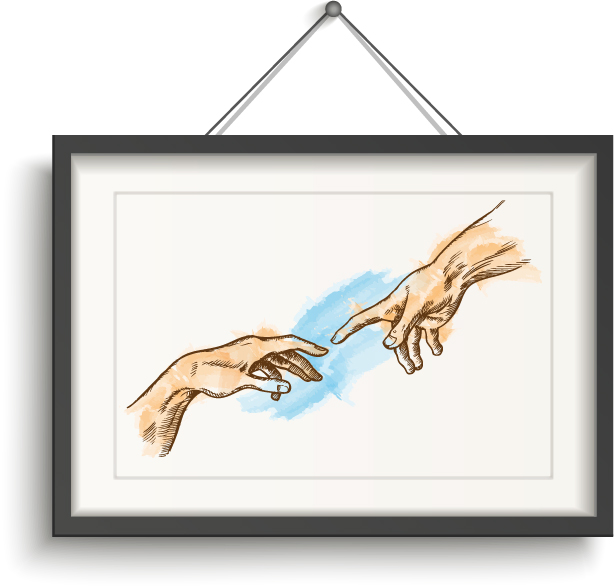Appleton Museum of Art Curator of Exhibitions Patricia Tomlinson mixes art and science to discuss the guidelines for carefully enjoying artworks. Tomlinson, a former professional archaeologist, joined the Appleton in 2016 after serving as curatorial staff in the New World Department at the Denver Art Museum.
 It’s pretty hard for museum visitors to surprise curators with things they say or do, but recently I had that happen. Museums are, after all, highly public spaces, and when you have many different people visiting a space, you’ll have many different things happening. Like the time a visitor hopped onto a display platform and began trying on incredibly old and fragile beaded moccasins. Or the time a person bragged about stroking priceless paintings in famous museums all over the world. But the most surprising for me was when a visitor was asked not to touch or get too close to a painting. They turned around and asked, “Why?”
It’s pretty hard for museum visitors to surprise curators with things they say or do, but recently I had that happen. Museums are, after all, highly public spaces, and when you have many different people visiting a space, you’ll have many different things happening. Like the time a visitor hopped onto a display platform and began trying on incredibly old and fragile beaded moccasins. Or the time a person bragged about stroking priceless paintings in famous museums all over the world. But the most surprising for me was when a visitor was asked not to touch or get too close to a painting. They turned around and asked, “Why?”
When I heard this, I’ll admit I reacted like the infamous Mr. Bumble in the musical Oliver. “Why? Why? Why is someone asking why?!”
And then it hit me—the person asking the question honestly did not know why museums ask people not to touch the art. It’s not about visitors being unclean or not good enough—I’m not allowed to touch the art and working directly with the art is my job. The reason why we don’t touch museum objects has to do with science. Yes, you read that correctly—science.
The science connection is that sweat on a person’s hands contains salts, which are corrosive, as are the natural oils found on skin. If you’re touching a historic painting created with natural pigments and binders (and most of the paintings in museums were) you’re placing corrosives directly on the surface of a painting, which will destroy it.
Even if you’re not actually touching a painting, getting too close is problematic because human breath contains carbon dioxide, which is also destructive. Multiply the corrosives and potential damage by thousands of people, and you can understand why museums won’t let anyone touch the art.
We also ask that visitors keep a safe distance from the art. Even if not actually touching something, if they’re too close and misjudge distance or stumble slightly, that might send them directly into the painting. Many of the frames are rare and fragile, too. By getting too close, the frame could inadvertently be damaged.
Because the mission of a museum is to preserve and protect its collections for future generations, it makes sense when museums work hard to safeguard the art for the benefit of all. Many of the Appleton’s paintings are over 100 years old and fragile. When we work together to protect the art, we can make it last for another 100 years and let future generations enjoy it too.
Visit www.appletonmuseum.org for more information. Appleton Museum of Art, 4333 E Silver Springs Blvd., Ocala (352) 291-4455






